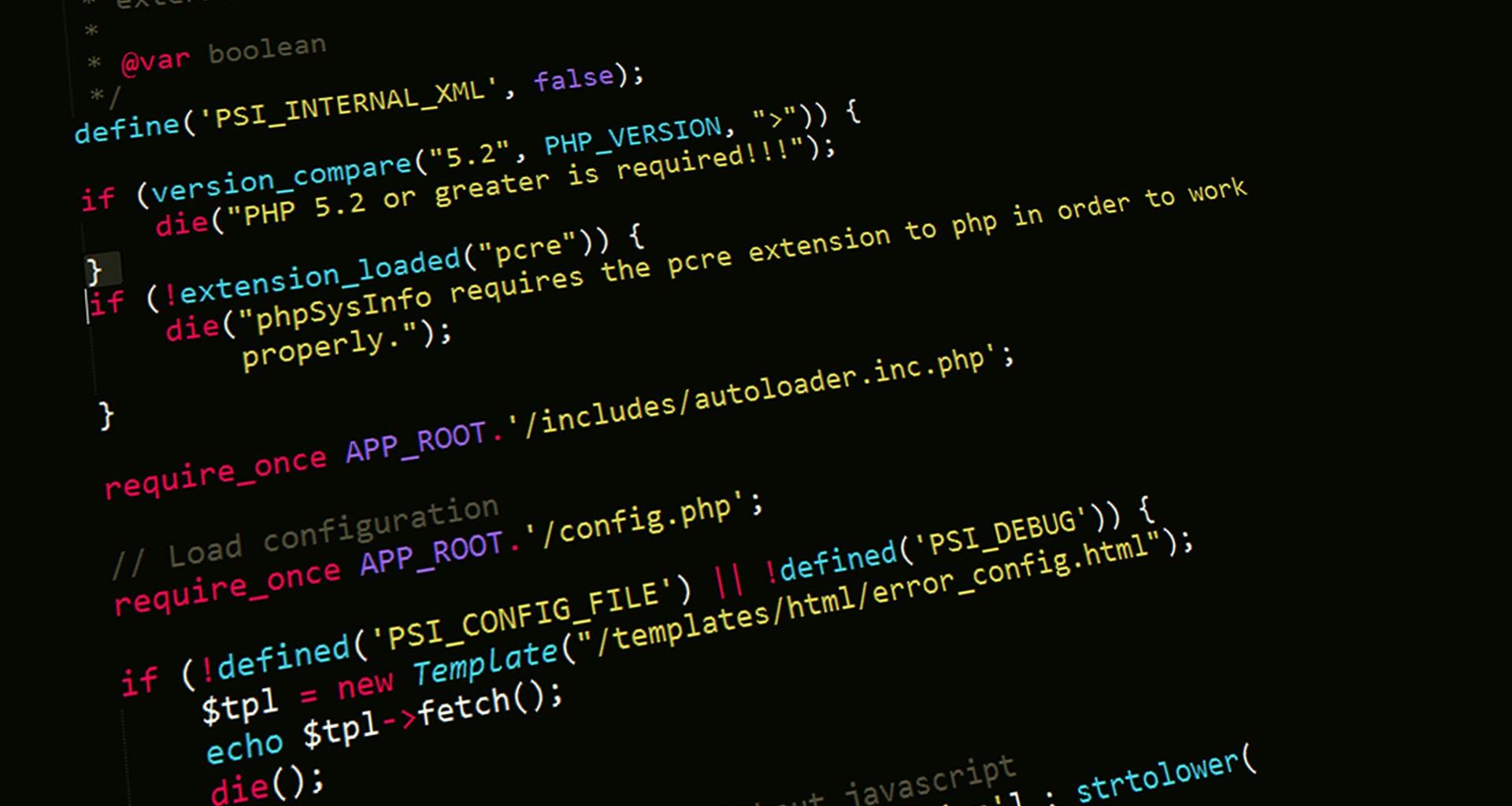Generative Ai Landscape
Generative Ai Landscape
• Overview of Generative AI Landscape
• Types of Generative AI
• Applications of Generative AI
• Challenges in Using Generative AI
• Benefits of Generative AI
• Popular Generative AI Frameworks
• Use Cases of Generative AI
• The Future of Generative AI
• Resources for Exploring Generative AI
• Tools to Implement Generative AI
Generative AI is an emerging field of artificial intelligence that seeks to generate content, such as images, text, or music. It is often used to create new and novel content, such as artwork or stories. The Generative AI landscape is rapidly evolving and expanding to encompass a wide range of use cases and applications. This article will provide an overview of Generative AI and its current landscape, highlighting the various approaches and technologies that are being used to create these exciting new forms of AI-generated content.Generative AI is a branch of artificial intelligence that focuses on creating data from scratch. It is inspired by the natural process of generation such as evolution and growth. Generative AI is used to create new data or generate new ideas from existing data. It can be used for various tasks such as image synthesis, text generation, audio synthesis and more.
Generative AI techniques are based on generative models, which are algorithms that create new data based on statistical distributions or probabilistic models. Generative models are trained using existing datasets and can then be used to generate new synthetic data that is similar to the original dataset but with minor differences in features or combinations of features. This technique makes generative AI particularly useful for data augmentation, where large datasets can be generated in a few steps without having to manually label each example.
Generative AI also has applications in deep learning, where it can help improve the performance of neural networks by providing them with more diverse input data. This helps to increase the generalizability of a model and reduce its susceptibility to overfitting. Generative AI can also be used in unsupervised learning, where it can be used to identify patterns in unlabeled datasets or perform clustering tasks without the need for labeled training sets.
Overall, generative AI is an emerging field of artificial intelligence with many potential applications across different domains such as computer vision, natural language processing and machine learning. Its ability to generate synthetic data makes it an important tool for tackling problems related to a lack of labeled training datasets as well as for improving deep learning models by providing them with more diverse input data.
Generative AI
Generative AI is a branch of artificial intelligence (AI) focused on generating new data based on existing data. It uses machine learning algorithms to produce data that is similar to and mimics the characteristics of existing data. Generative AI can be used to create new images, audio, text, and other types of media by using the patterns and features present in existing media. By doing so, it can help organizations create data quickly and easily for various purposes such as training AI models or generating creative content for marketing campaigns.
Types of Generative AI
There are several different types of generative AI that are used in various applications. One type of generative AI is generative adversarial networks (GANs). GANs use two neural networks competing against each other to generate new images or sounds. Another type is variational autoencoders (VAEs) which use an encoder-decoder structure to generate new images or sounds from existing ones. Generative Adversarial Text-to-Image Synthesis (GATIS) is another type of generative AI that uses text as input to generate corresponding images. Finally, there are reinforcement learning models such as Deep Q-Networks which use feedback from an environment to learn how to generate new data points.
Generative AI can be used in many different applications such as image generation for creative marketing campaigns, audio synthesis for music creation, natural language processing for text generation, and more. With its ability to generate new data from existing data quickly and easily, generative AI has the potential to revolutionize many industries and processes in the near future.
Generative AI
Generative AI is an AI technique that uses machine learning algorithms to generate new data from existing data. It enables machines to learn from the data and generate new data that is similar to the existing data. Generative AI can be used for a variety of tasks, such as image generation, natural language processing (NLP), and text generation. The generated data can be used for various applications, such as improving predictive models, creating virtual simulations, and generating realistic images.
Applications of Generative AI
Generative AI has a wide range of applications, including image generation, natural language processing (NLP), text generation, and more. For example, generative AI can be used to create realistic images from scratch. It can also be used to generate realistic audio or video clips by learning from existing audio or video datasets. Generative AI can also be used in natural language processing (NLP) tasks such as text summarization, sentiment analysis, and question answering. Furthermore, generative AI can be used to create virtual simulations that are based on real-world data.
In addition to the above applications, generative AI has been used in various areas such as healthcare, finance, transportation and more to improve predictive models by generating synthetic data that is similar to the real-world data. Generative AI has also been used in robotics for simulation-based learning enabling robots to learn from simulated environments instead of using real-world environments for training purposes.
Overall, generative AI is a powerful tool with many potential applications in various fields such as healthcare, finance, transportation and more. It enables machines to learn from existing datasets and generate new data that is similar to the original dataset. This makes it possible for machines to solve complex tasks without human intervention or manual labor.
Generative AI Challenges
Generative AI is a powerful tool for creating new data, content and digital products. But it also comes with several challenges. One of the main challenges is the difficulty of controlling the output of the AI algorithm. Generative AI algorithms are often unpredictable, and it can be difficult to control what kind of content they produce. This can lead to undesirable results, such as inappropriate or offensive output. It can also be difficult to manage the data used by generative AI algorithms, as it can be hard to determine which data should be used and how it should be structured.
Another challenge with generative AI is that it can be difficult to evaluate the quality of the output. As generative AI algorithms are often unpredictable, it can be hard to determine whether the output is good or bad. This makes it difficult for users to trust the output of an AI algorithm, and they may not use it if they cannot accurately assess its quality.
Finally, there is also a challenge in ensuring that generative AI algorithms are ethical and follow ethical guidelines. As generative AI algorithms have access to large amounts of data, there is a risk that they could be used in unethical ways. For example, if an algorithm has access to sensitive personal information, there is a risk that this information could be misused or exploited. To ensure that generative AI algorithms are used ethically and responsibly, organizations must develop and adhere to strict ethical guidelines.
Benefits of Generative AI
Generative AI is a powerful tool for businesses and organizations. It allows them to create new, more effective products and services from the existing data they have. Generative AI can be used to generate new insights, identify trends, and develop strategies that can help a business or organization reach its goals. Additionally, generative AI can be used to automate tasks that would otherwise take hours or days of manual effort. This helps increase efficiency and reduce costs.
Generative AI can also be used to help create more accurate forecasts for the future. By analyzing past data and trends, it can predict future outcomes with greater accuracy than traditional methods. This enables businesses and organizations to make more informed decisions about their operations and how best to move forward in the future.
Generative AI also offers a wide range of applications when it comes to customer service. It can provide personalized recommendations based on customer data and preferences, as well as automate responses to customer inquiries. This helps improve customer satisfaction levels, as well as providing a better overall experience for customers.
Finally, generative AI is also being used in predictive maintenance solutions which can detect potential problems before they become costly issues. By using predictive analytics, businesses can reduce maintenance costs by preventing problems before they occur rather than waiting until they become an issue before taking action. This helps businesses save time and money while ensuring their operations are running smoothly and efficiently at all times.
In short, generative AI offers many benefits for businesses and organizations by helping them improve their efficiency, reduce costs, make better predictions about the future, provide better customer service experiences, and prevent costly problems from occurring in the first place. The possibilities are truly endless when it comes to leveraging the power of generative AI for business success!

Generative AI Frameworks
Generative AI is a type of artificial intelligence that can create new content, such as images and text. Generative AI frameworks are the tools and libraries used to create generative models. They provide a platform for developers and researchers to quickly implement and evaluate their ideas. Some of the most popular generative AI frameworks include TensorFlow, PyTorch, MXNet, GANs, and OpenAI Gym.
TensorFlow is an open source library developed by Google for machine learning research. It has a wide variety of features including deep learning, reinforcement learning, and natural language processing. It is also highly scalable, making it suitable for large-scale projects.
PyTorch is another popular framework developed by Facebook and supported by the open-source community. It provides a flexible platform for experimenting with deep learning models in a variety of applications such as computer vision, natural language processing, and robotics. It also has support for mobile platforms such as iOS and Android.
GANs (Generative Adversarial Networks) are a type of neural network used to generate new data from existing data sets. They enable the development of realistic data that can be used in various applications such as image synthesis or text generation. GANs have been successfully used in various fields such as computer vision, medical imaging, natural language processing, drug discovery, and more.
OpenAI Gym is an open source library developed by OpenAI to provide reinforcement learning environments for testing algorithms on various tasks such as robotics control or game playing agents. It provides an easy-to-use platform for researchers to develop new algorithms or compare existing ones against each other on complex tasks such as robot navigation or playing video games.
MXNet is an open source deep learning framework created by Amazon Web Services (AWS). It provides support for popular programming languages like Python and R while also providing scalability with distributed training capabilities across multiple machines or GPUs on AWS cloud instances. MXNet’s flexibility make it suitable for building deep learning models in many different domains including computer vision, natural language processing (NLP), speech recognition/synthesis, recommendation systems and more.
In summary, there are many different generative AI frameworks available today with varying levels of functionality and complexity depending on the task at hand. Some of the most popular options include TensorFlow, PyTorch , GANs , OpenAI Gym ,and MXNet . Each framework has its own strengths which makes it suitable for different types of projects so it’s important to choose one that best fits your needs when developing your own generative model application .
Generative AI Use Cases
Generative AI has a wide range of potential use cases. It can be used to create personalized products and services, generate ideas for new products and services, develop marketing strategies, automate customer service, and even create entire virtual worlds. Generative AI can also be used to generate new types of content such as music, art, and literature. In addition, it can be used to create simulations of real-world environments that can be used for training or testing purposes. Generative AI can also be used to detect fraud or other illicit activities. Finally, it can be used to generate deep learning models that can help solve complex problems.
Generative AI has the potential to revolutionize many industries. For example, it could be used to create personalized healthcare services based on a patient’s individual needs and preferences. It could also be used in the banking sector to detect fraud more quickly and accurately than traditional methods. In the automotive industry, generative AI could be utilized to design a car with specific features according to customer requirements. In addition, generative AI could help facilitate social media marketing by creating content tailored specifically for each platform’s audience.
Generative AI could also have applications in entertainment and gaming industries. For example, it could be utilized to generate virtual worlds with rich environments populated by virtual characters that react in real-time based on user input. This could result in immersive gaming experiences that are customized according to user preferences and tastes. Additionally, generative AI could also help facilitate the development of augmented reality experiences by automatically generating 3D objects or environments from 2D images or videos.
Overall, generative AI offers a wide range of possibilities for both businesses and consumers alike. With its ability to generate personalized products and services as well as detect fraud and illicit activities more efficiently than traditional methods, generative AI is sure to revolutionize many industries in the near future.
The Future of Generative AI
Generative AI is an artificial intelligence technology that can create content that is indistinguishable from content created by humans. It has the potential to revolutionize the way we create and consume media, as well as how businesses operate. Generative AI can be used to generate text, audio, video, and even 3D models. This technology has the potential to revolutionize the way we interact with computers and machines.
Generative AI has many advantages over traditional methods of content creation. For example, it can create more realistic models of objects and scenes than traditional methods; it can generate highly accurate results with little human intervention; and it can create content faster than ever before. Additionally, generative AI is able to learn from its mistakes in a way that traditional methods cannot, making it more efficient and reliable over time.
One of the most exciting aspects of generative AI is its potential for mass customization. This means that companies could use generative AI to customize products or services for specific customers or markets without significant manual effort or programming expertise. This could lead to faster development cycles and lower costs for businesses, resulting in better customer experiences overall.
Generative AI also has potential applications in healthcare, where it could be used to analyze large amounts of data quickly and accurately and then generate personalized treatments or interventions for individual patients. Similarly, in education, generative AI could be used to generate personalized learning plans based on a student’s individual needs and abilities.
As generative AI continues to evolve and become more widely adopted, its applications will expand into new areas such as autonomous vehicles, virtual reality systems, robotics, natural language processing (NLP), medical diagnosis systems, financial trading algorithms, video game design tools and much more. The possibilities are truly endless!
Overall, the future of generative AI looks incredibly promising as it opens up a world of possibilities for businesses and consumers alike. As this technology continues to advance at an unprecedented rate over the coming years, we are sure to see many new applications that will have a major impact on our lives – all thanks to generative AI!

Conclusion
Generative AI is a rapidly evolving field with a wide range of applications. Generative models are playing an increasingly important role in many industries, from healthcare to entertainment. Generative AI has the potential to revolutionize how we think about problem-solving and create new opportunities for innovation. As the technology continues to evolve and become more accessible, it is likely that generative AI will become an integral part of our lives.
Advances in generative models have enabled us to create new forms of content, from music to images and videos. Generative models can also be used to generate data for training machine learning algorithms, thereby increasing the accuracy and efficiency of these algorithms. Generative AI also has potential applications in fields such as natural language processing and robotics.
The generative AI landscape is rapidly changing and expanding, making it difficult to keep up with all the latest developments. This article has provided an overview of some of the key components of generative AI, including its main types, its applications, and its potential future uses. As the technology continues to evolve, so too will the opportunities available to those interested in exploring generative AI.
To learn more about Generative AI Landscape visit https://www.generateai.com/






